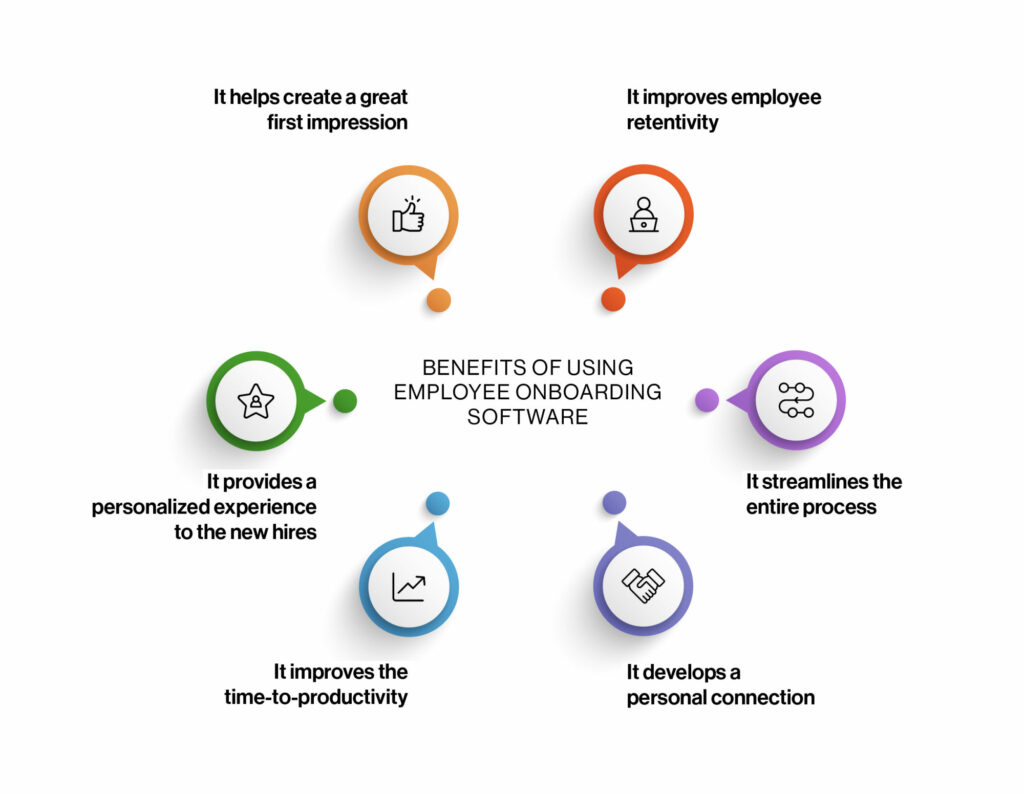When it comes to welcoming team members, it’s crucial to establish goals and expectations right from the start. This foundational step ensures that everyone is on the same page from day one. Organizations can foster an understanding between managers and new employees through a structured onboarding program.
Such programs are instrumental in aligning goals and setting the scene for a productive and engaged workforce. This article delves into methods for effectively aligning goals during the onboarding program of new hires.
By implementing these approaches, companies can lay a solid groundwork for success, thereby cultivating lasting dedication among team members. The focus is on leveraging the onboarding program to seamlessly integrate new employees into the organizational culture and workflows, ensuring a smooth transition and immediate engagement.
Creating an Environment Focused on Goals
To achieve organizational goals during the onboarding process, it’s vital to cultivate an environment centered around goals early on. This begins with structuring an onboarding program that clearly articulates the company’s objectives and core values. By highlighting these overarching goals at the beginning, new employees can grasp what is expected of them in their roles.
Moreover, integrating activities into onboarding sessions can ensure that newcomers actively engage in defining their objectives. These activities involve brainstorming sessions or collaborative tasks where employees can give input and establish targets within the company context.
Clarity through Job Role Descriptions
Another key aspect of goal alignment involves providing job descriptions to hires as part of the onboarding process. Job descriptions provide information on tasks, duties, and performance expectations for each position within the company. By outlining these expectations, organizations can prevent misunderstandings and ensure everyone knows what needs to be achieved. This transparency helps fulfill goals between managers and new hires from the start.
Setting SMART Goals
Alongside job descriptions, it’s crucial to establish SMART (Specific, Measurable, Achievable, Relevant, Time-bound) goals with employees to maintain goal alignment throughout their time with the company. Managers should collaborate with their team members during the onboarding process to set objectives tailored to specific roles and growth opportunities. SMART goals focus efforts by being specific and measurable while ensuring they are achievable, relevant, and time-sensitive.
Regular Check-ins and Feedback
Once goals are in place, regular check-ins and feedback sessions are essential to tracking progress effectively. These meetings provide a chance to assess how well new hires are aligning their work with the organization’s objectives. Managers should offer feedback during these check-ins while also giving employees an opportunity to share any challenges they may encounter in reaching their goals. Encouraging communication is key to ensuring that everyone stays on the page during the onboarding process and beyond.
Employee Development Programs
To further strengthen goal alignment during onboarding, companies can think about introducing employee development programs. These programs provide learning opportunities to improve the skills and knowledge needed for particular roles within the company.
By including elements like training sessions, mentorship programs, or group learning activities in onboarding processes, organizations can reinforce alignment with long-term goals. This helps new employees stay updated with industry trends while aligning their growth with the company’s vision.
Celebrating Milestones
Lastly, it’s important to acknowledge and celebrate both short-term achievements and long-term successes to maintain goal alignment throughout the onboarding process for employees. Recognizing progress not only inspires employees but also shows that their work makes a meaningful contribution to organizational objectives.
Recognition can take many forms, from gestures like public appreciation or team acknowledgments to more significant rewards linked directly to achieving specific goals. Regularly acknowledging efforts help strengthen commitment to goals and nurtures a productive work environment.
Conclusion
Establishing goal alignment during employee onboarding lays the foundation for individual success within an organization. By ensuring tasks are clear, engaging, and job roles are well-defined, setting specific and achievable goals, providing regular feedback, and having employee growth programs in place, as well as celebrating achievements, organizations can create work environments that support both career aspirations and company objectives. Dedication to establishing goal alignment from the start leads to higher engagement levels, enhanced output, and lasting commitment from new team members. Ultimately, prioritizing goal congruence sets the stage for a flourishing workforce and a prosperous future.

